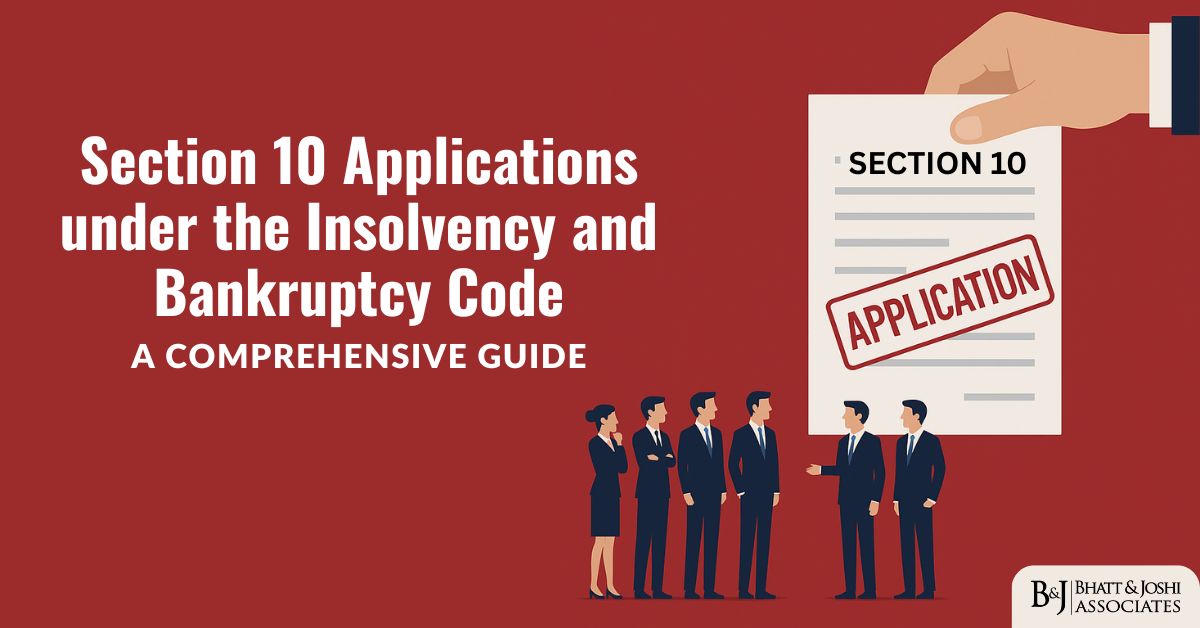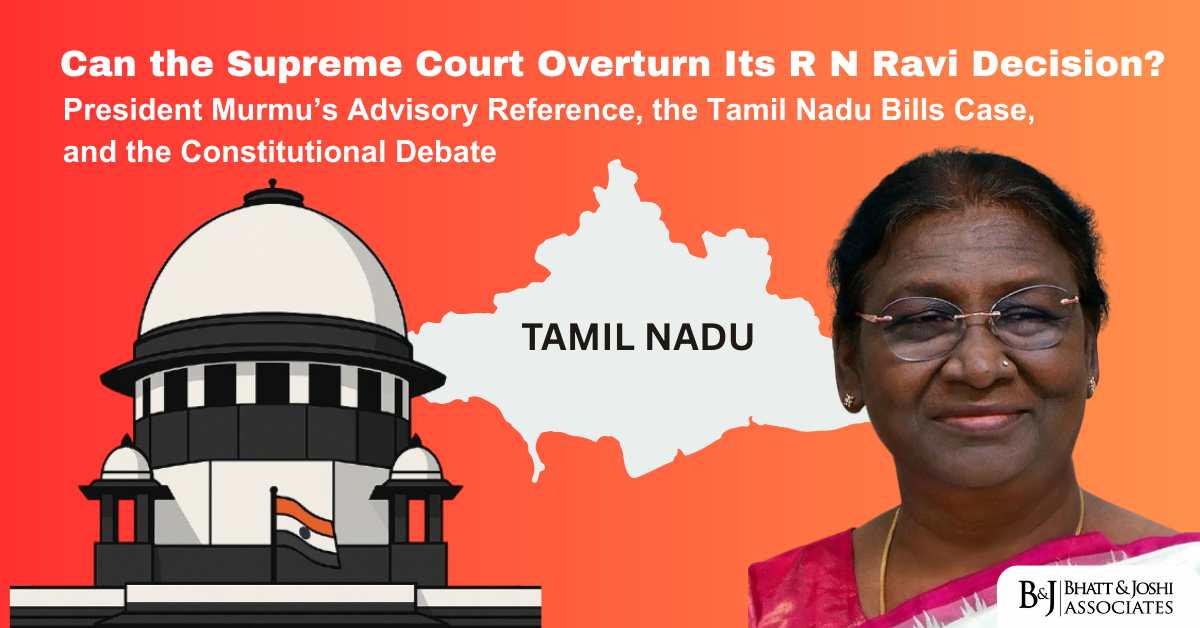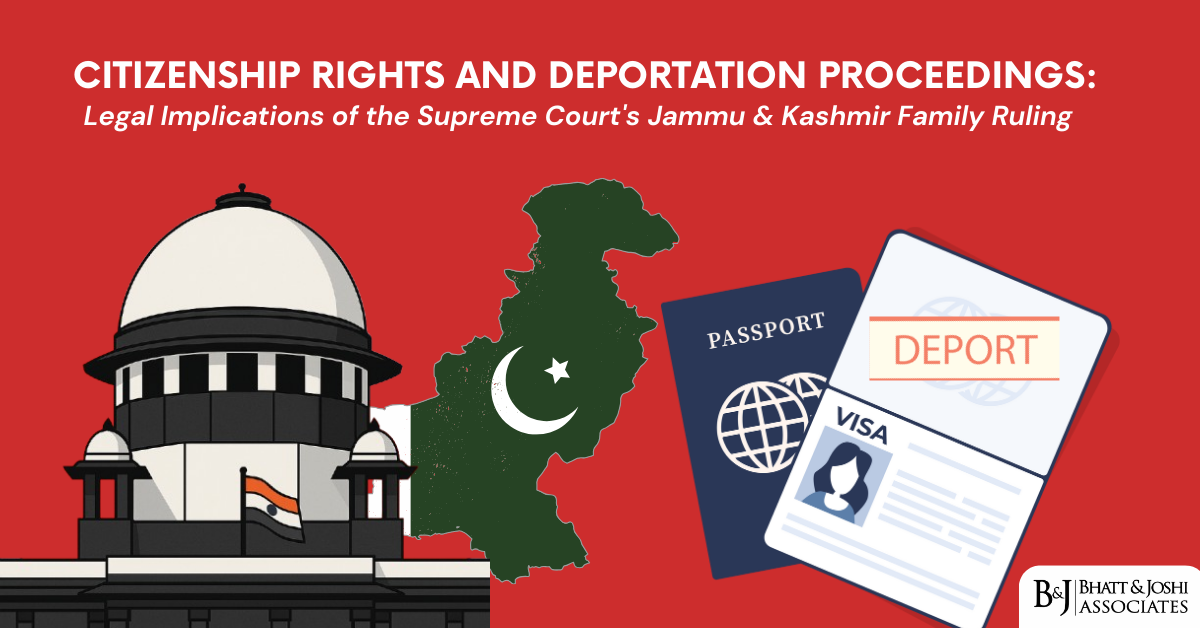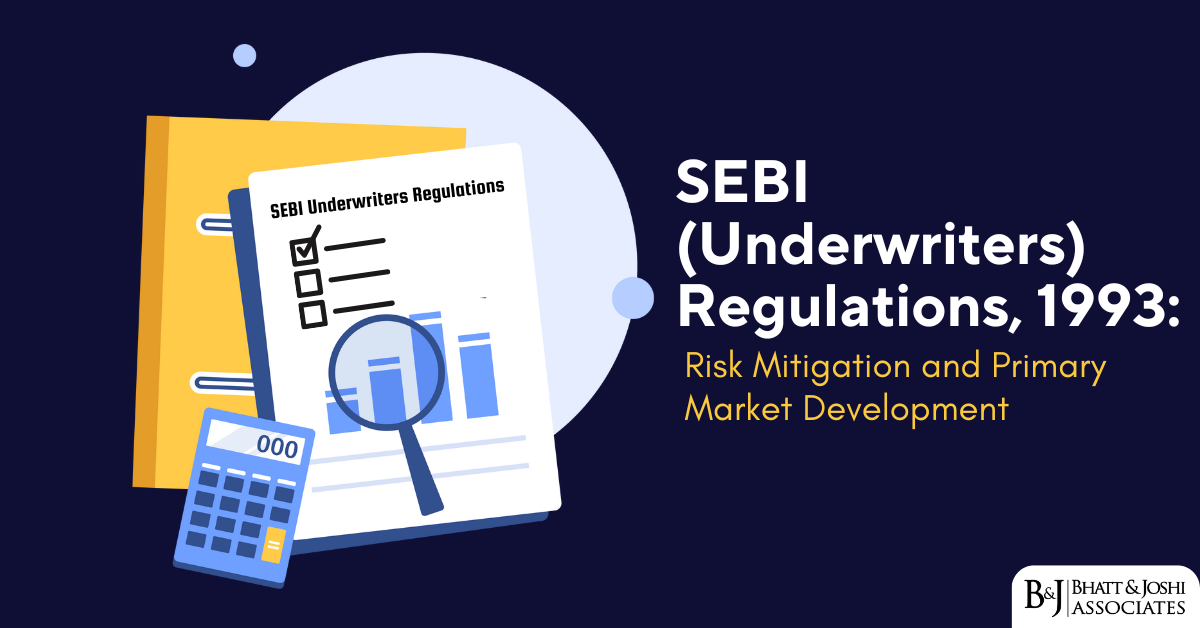Authored by: Aaditya Bhatt, Advocate
Bhatt & Joshi Associates

Introduction
The Insolvency and Bankruptcy Code (IBC), 2016, has fundamentally transformed India’s insolvency regime by introducing a clear and time-bound process for resolving financial distress. Section 10 of the IBC empowers corporate debtors—such as companies and LLPs—to voluntarily initiate the Corporate Insolvency Resolution Process (CIRP) when they default on their debts. This mechanism allows businesses to proactively address financial challenges, restructure, or facilitate an orderly liquidation. This guide provides a detailed overview of Section 10 application under IBC, covering their purpose, legal framework, filing process, documentary requirements, relevant rules, and key judicial interpretations.
Purpose of Section 10
Section 10 enables a corporate debtor that has committed a default to apply to the National Company Law Tribunal (NCLT) to commence CIRP. The provision is designed to:
- Offer a proactive route for distressed entities to seek resolution.
- Maximize asset value and promote entrepreneurship.
- Ensure equitable treatment of stakeholders.
- Encourage early intervention and transparent restructuring or liquidation.
Legal Framework for Section 10 Application under IBC
Insolvency and Bankruptcy Code, 2016
Section 10 sets out the conditions and procedures for a corporate debtor to initiate CIRP:
- Initiation: The corporate debtor may file an application with the NCLT upon committing a default.
- Form and Particulars: The application must be filed in the prescribed form, with requisite particulars and fee.
- Supporting Documents: The applicant must submit:
- Books of account and other specified documents.
- Details of the proposed interim resolution professional.
- Special resolution or partner approval authorizing the filing.
- NCLT Review: The NCLT must admit or reject the application within 14 days, allowing a seven-day window to rectify defects if any.
- CIRP Commencement: The process begins upon admission.
Application Rules and Regulations
- Insolvency and Bankruptcy (Application to Adjudicating Authority) Rules, 2016: Rule 7 requires applications under Section 10 to be filed in Form 6, with documents specified in the rules and regulations.
- Insolvency Resolution Process Regulations: These govern the process post-admission, including appointment of the interim resolution professional and conduct of CIRP.
Step-by-Step Filing Process Under Section 10 of IBC
- Verify Default: Ensure the corporate debtor has defaulted on a debt of at least INR 1 crore.
- Obtain Approval: Secure a special resolution from shareholders or three-fourths of partners authorizing the application.
- Prepare Form 6: Complete Form 6 with accurate details about the debtor, default, and proposed interim resolution professional.
- Gather Documents:
- Books of account evidencing default.
- Audited financial statements for the last two financial years and provisional statements for the current year (within 14 days of application).
- Written consent from the proposed interim resolution professional.
- Proof of fee payment and supporting affidavit.
- File with NCLT: Submit the application and annexures to the NCLT having jurisdiction over the debtor’s registered office.
- Serve Copies: Serve application copies to the Insolvency and Bankruptcy Board of India (IBBI) and the debtor’s registered office as per IBBI circulars.
- NCLT Review: The NCLT examines the application for completeness and compliance. If complete and no disciplinary proceedings are pending, the application is admitted and CIRP commences.
Documentary Requirements
Forms and Annexures
Applications must be filed in Form 6, with annexures including:
| Annexure | Description | Purpose |
|---|---|---|
| I | Record of default for financial debt | Evidence of default |
| II | Demand notice and record for operational debt | Evidence of operational default |
| III | Written consent of interim resolution professional | Consent and eligibility |
| IV | Books of account | Evidence of default |
| V | Audited financial statements (last two years) and provisional statements (current year) | Financial overview |
| VI | Statement of affairs | Snapshot of assets, liabilities, creditors |
| VII | Authority documents | Authorization to file |
| VIII | Affidavit | Accuracy of information |
| IX | Fee proof | Compliance with fee requirement |
Audited Financial Statements: Requirement and Flexibility
Statutory Requirement
Form 6, Annex V, requires “copies of audited financial statements of the corporate debtor for the last two financial years and the provisional financial statements for the current financial year made up to a date not earlier than fourteen days from the date of the application.” This aligns with the Companies Act, 2013, which mandates audits under Sections 128, 134, and 139.
Judicial and Regulatory Approach
- General Rule: Audited financial statements are typically mandatory, as they provide verified evidence of the debtor’s financial position and support the claim of default.
- Exceptions: In limited cases—such as newly incorporated companies without two years of operations, or genuine audit delays—NCLT may accept unaudited statements if accompanied by a valid explanation. However, such flexibility is rare and subject to NCLT’s discretion.
- No Blanket Waiver: There is no explicit regulatory or judicial provision allowing a blanket waiver of audited statements; their absence without justification is generally treated as a material defect.
Judicial Interpretations
- Unigreen Global Pvt. Ltd. v. Punjab National Bank: NCLAT held that NCLT’s role is limited to verifying completeness as per Section 10 and Form 6. If all required information is provided, and the applicant is not ineligible under Section 11, the NCLT must admit the application. NCLT cannot impose additional requirements beyond the statute and prescribed forms.
- Surendra Trading Company v. Juggilal Kamlapat Jute Mills: The Supreme Court clarified that the seven-day period for rectifying defects is directory, not mandatory, allowing some flexibility in procedural compliance.
- Vyomit Shares Stock & Investments Pvt. Ltd. v. SEBI: NCLAT held that Section 10 applications may be rejected if the debtor is financially viable, underscoring the importance of audited financials in demonstrating genuine distress.
Practical Guidance for Applicants
- Document Completeness: Ensure all required documents, especially audited financial statements, are included and current.
- Professional Advice: Engage insolvency professionals and legal advisors for robust application preparation and to address documentary gaps.
- Proactive Communication: Inform creditors of the intention to file and address potential objections.
- Compliance Monitoring: Maintain up-to-date statutory records and audits to avoid application defects.
- Anticipate Scrutiny: Be prepared to justify any absence of audited statements, particularly for new companies or in cases of audit delays.
Conclusion
Section 10 Application under IBC provides corporate debtors with a structured, voluntary process to address insolvency. While the requirement for audited financial statements is generally mandatory, limited flexibility exists in exceptional cases, subject to NCLT’s discretion. Judicial decisions emphasize strict compliance with statutory requirements and restrict NCLT from imposing conditions beyond those prescribed. Corporate debtors should prioritize thorough preparation, complete documentation, and professional guidance to enhance the likelihood of a successful application.
Key Citations:
- Insolvency and Bankruptcy Code, 2016
- Insolvency and Bankruptcy (Application to Adjudicating Authority) Rules, 2016
- Unigreen Global Pvt. Ltd. v. Punjab National Bank (NCLAT)
- Surendra Trading Company v. Juggilal Kamlapat Jute Mills (Supreme Court)
- Vyomit Shares Stock & Investments Pvt. Ltd. v. SEBI (NCLAT)
- Insolvency and Bankruptcy Board of India (IBBI)













